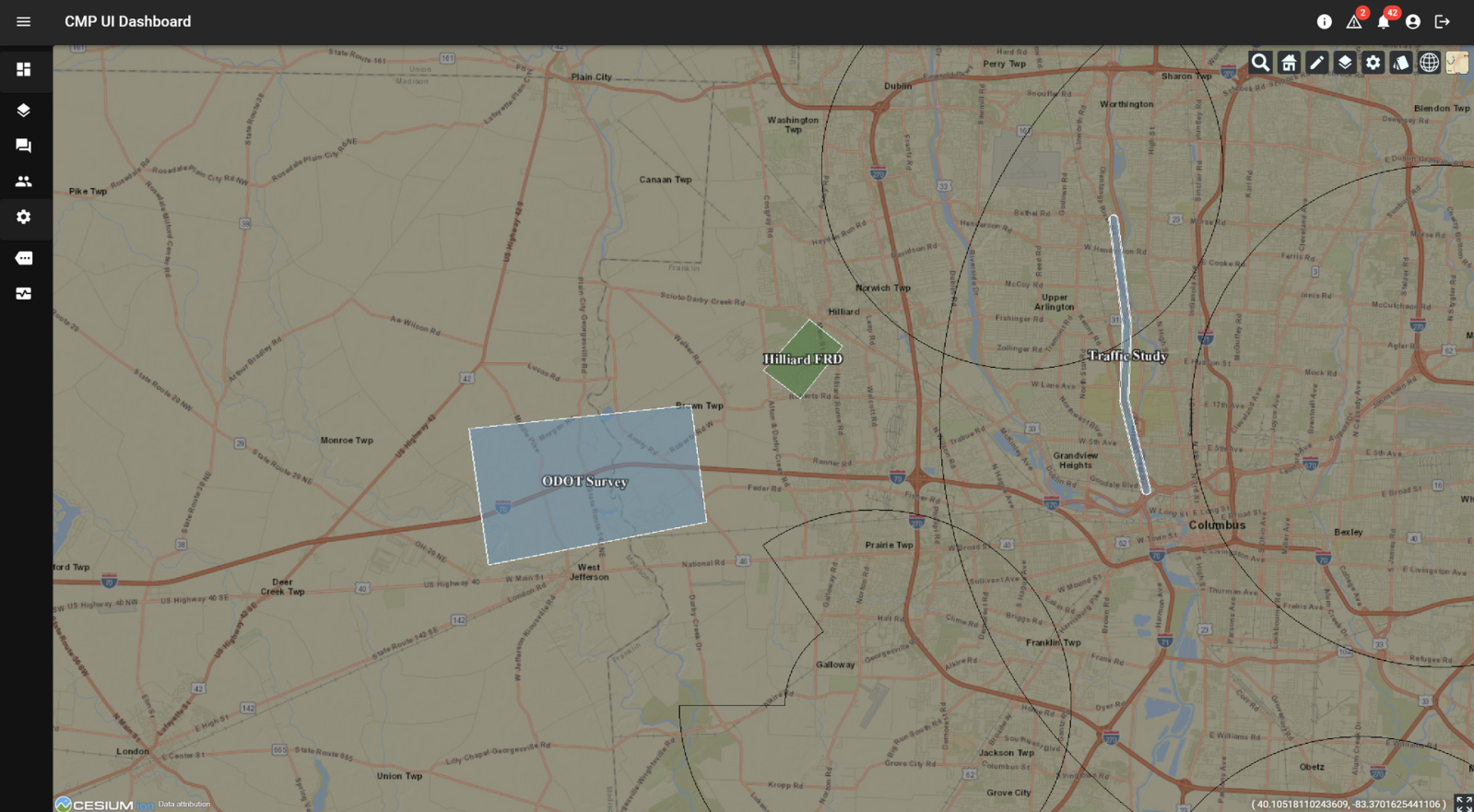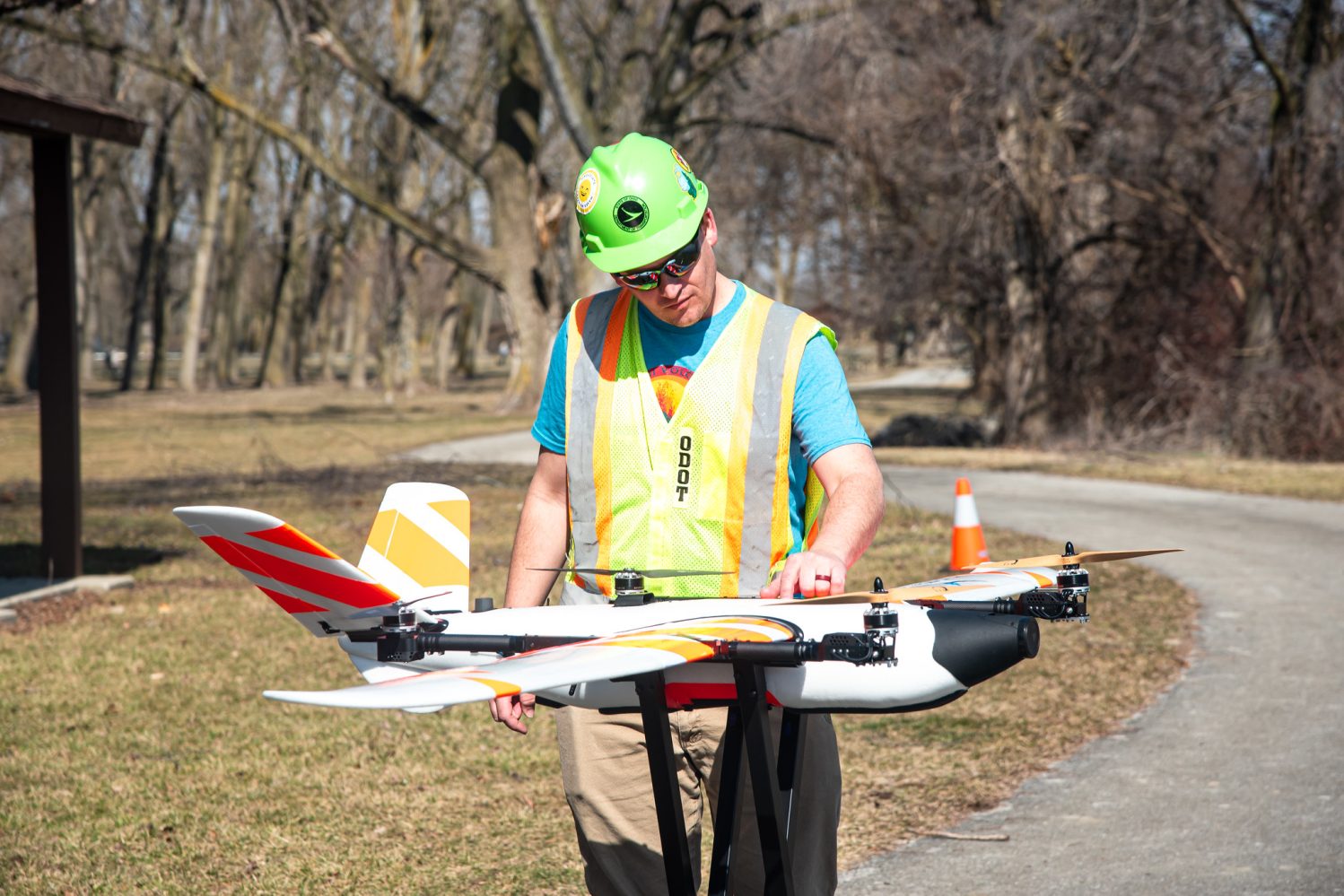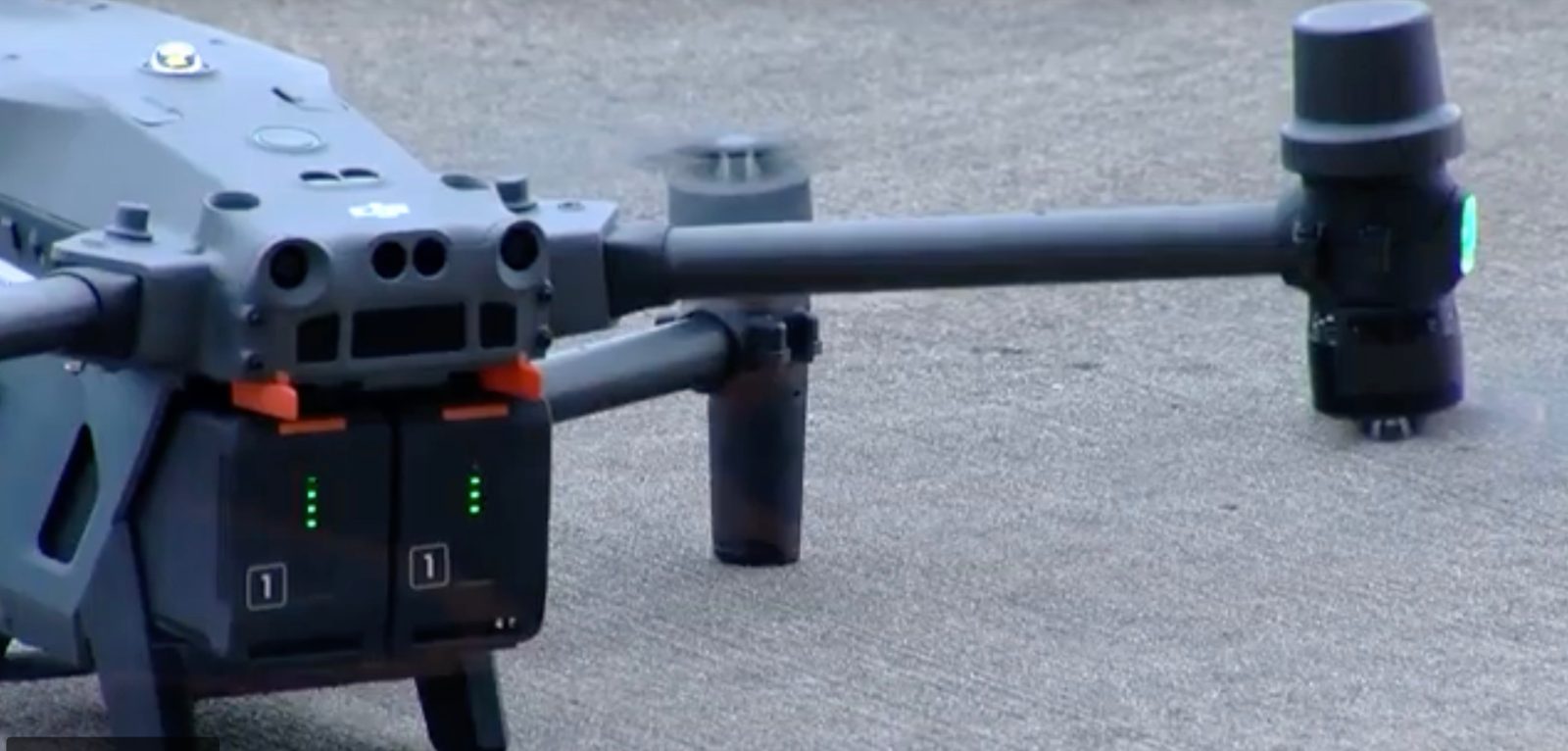Ohio launches state-wide UTM to enable scaling of drone services

The Ohio Department of Transportation (ODOT) is launching the state’s first low-altitude UAV traffic management system (UTM) to permit safe scaling of drone operations, and eventually clear the way for routine beyond visual line of sight flights by professional service providers and public administrations.
Expand Expanding Close






